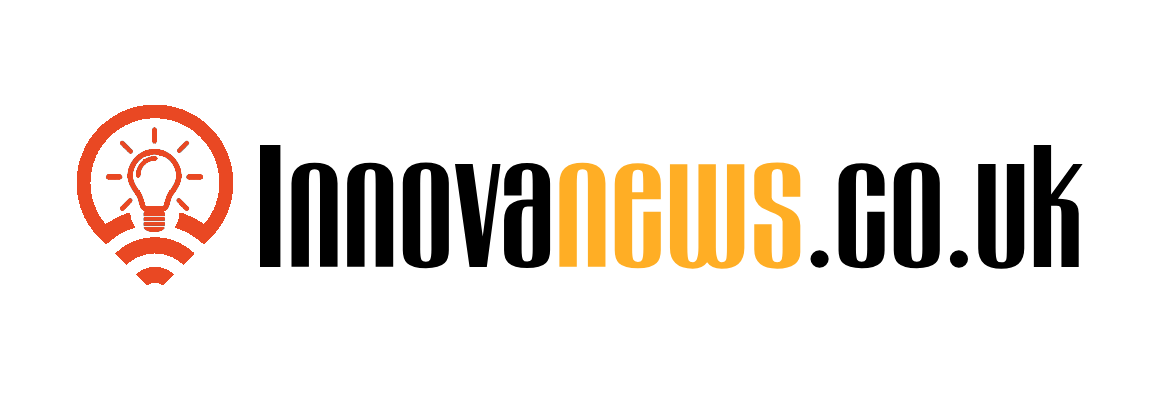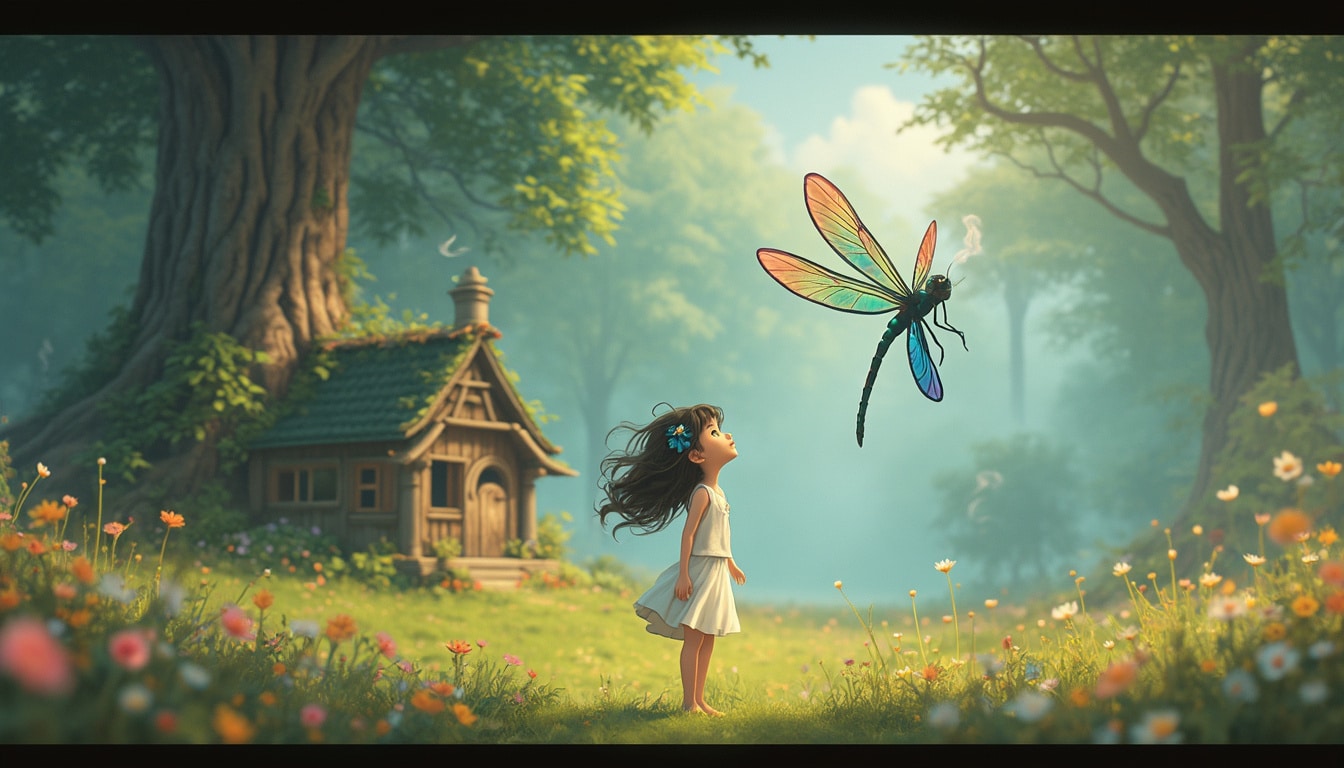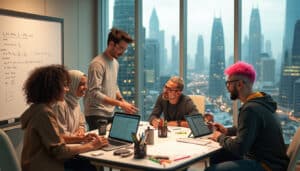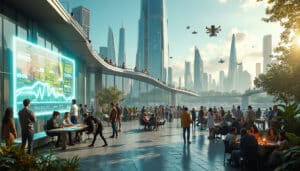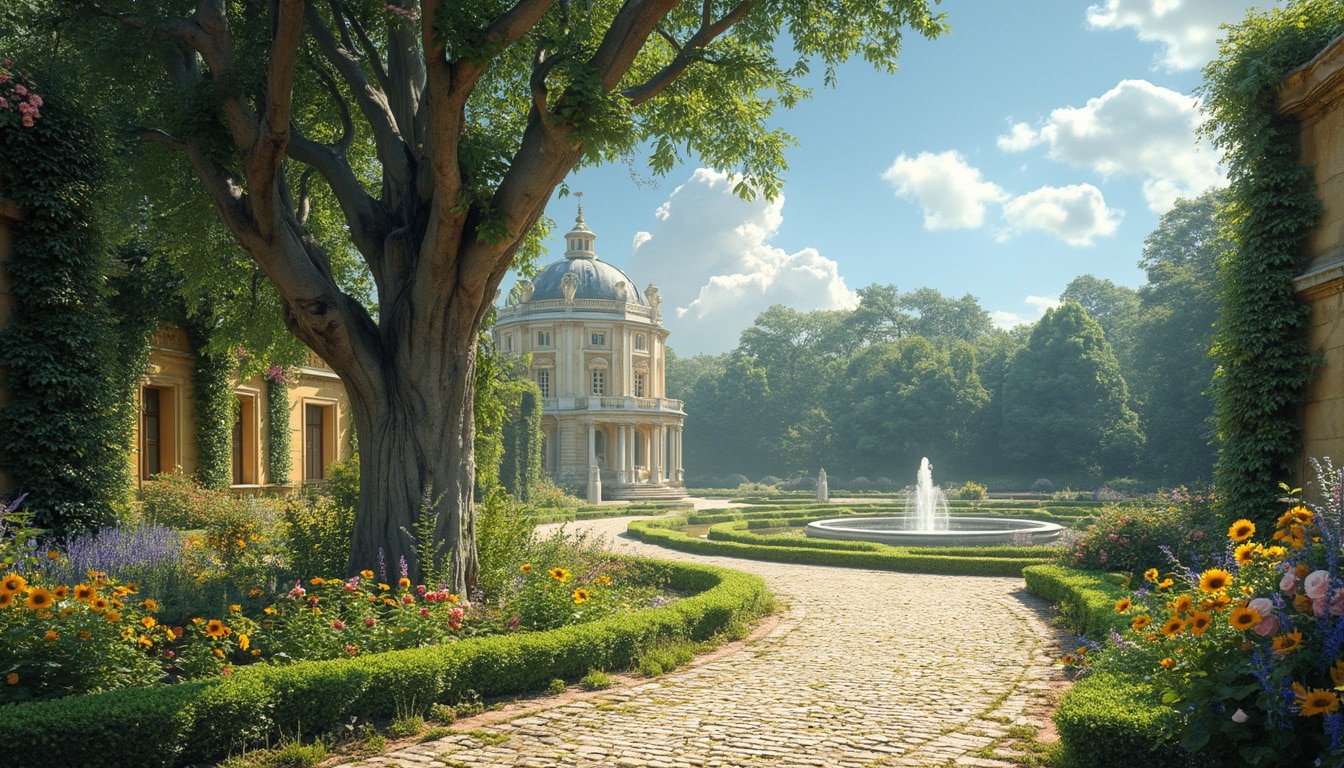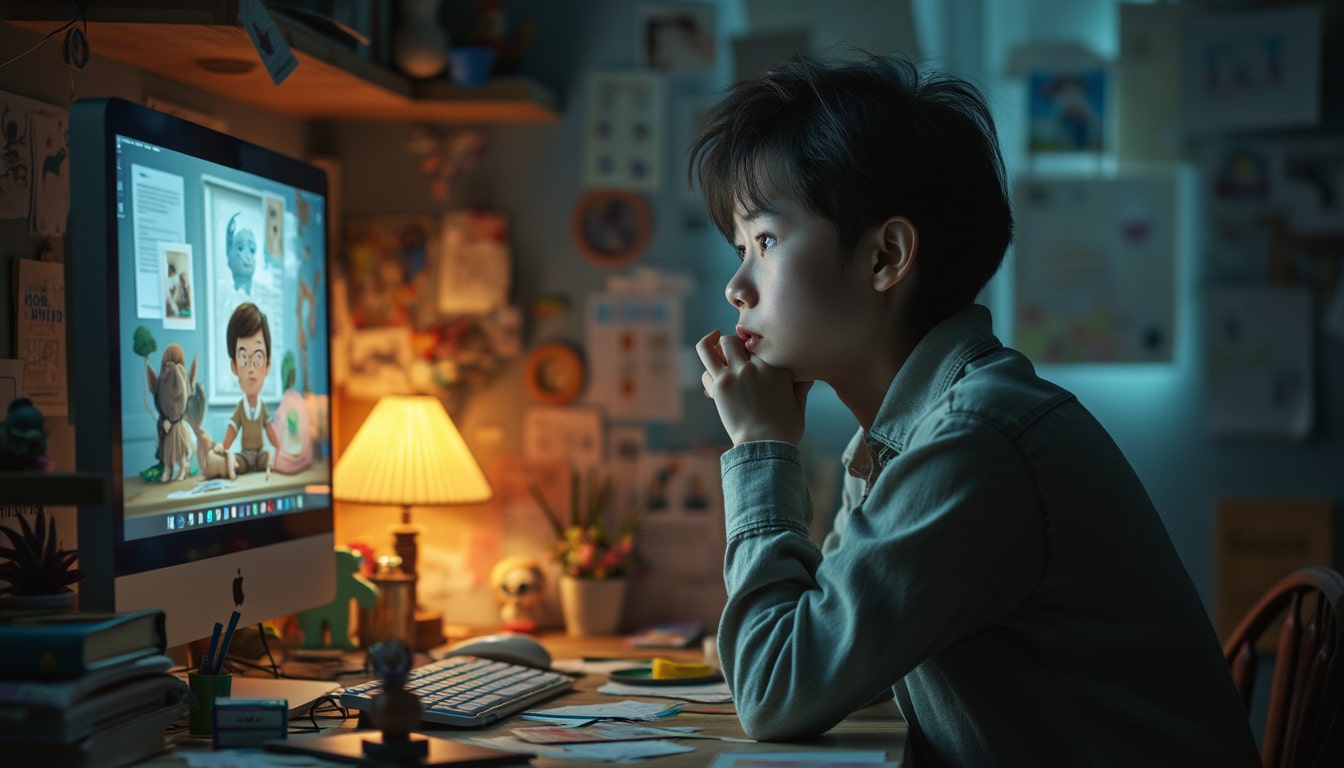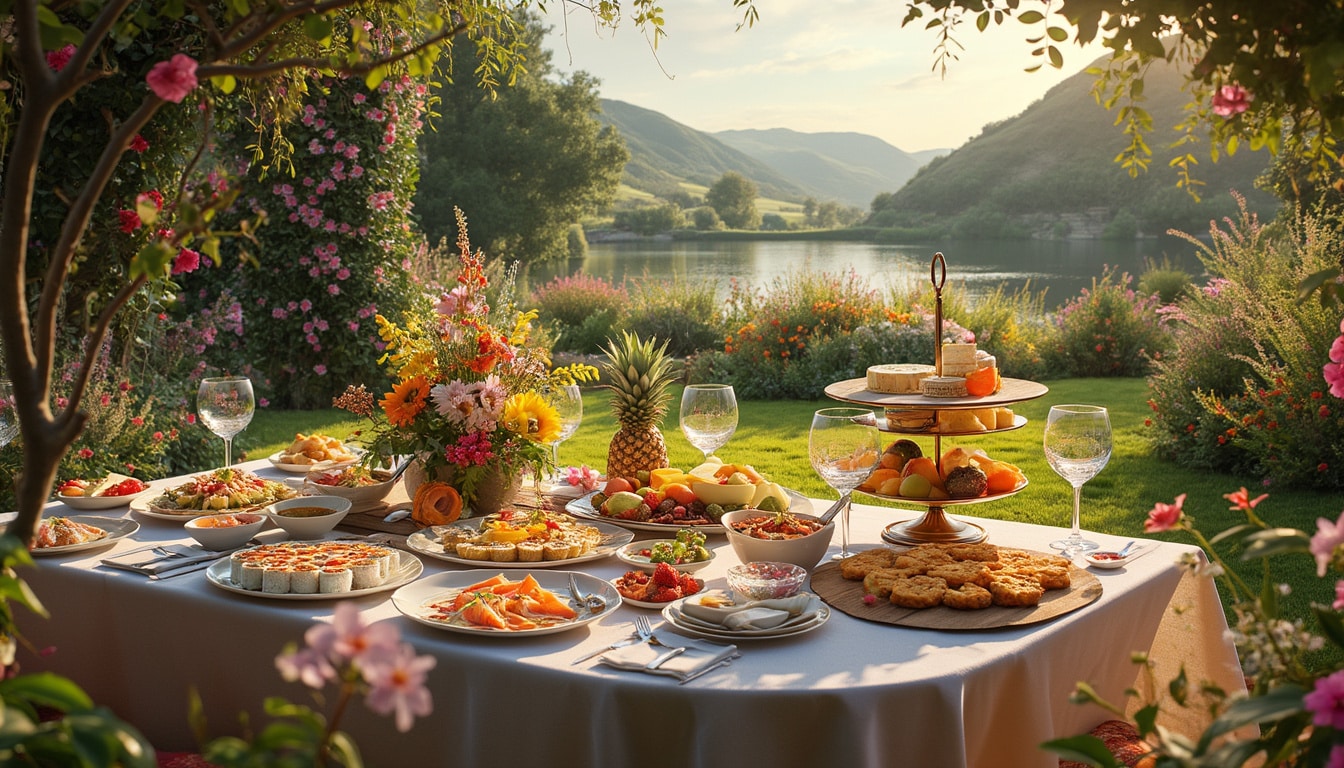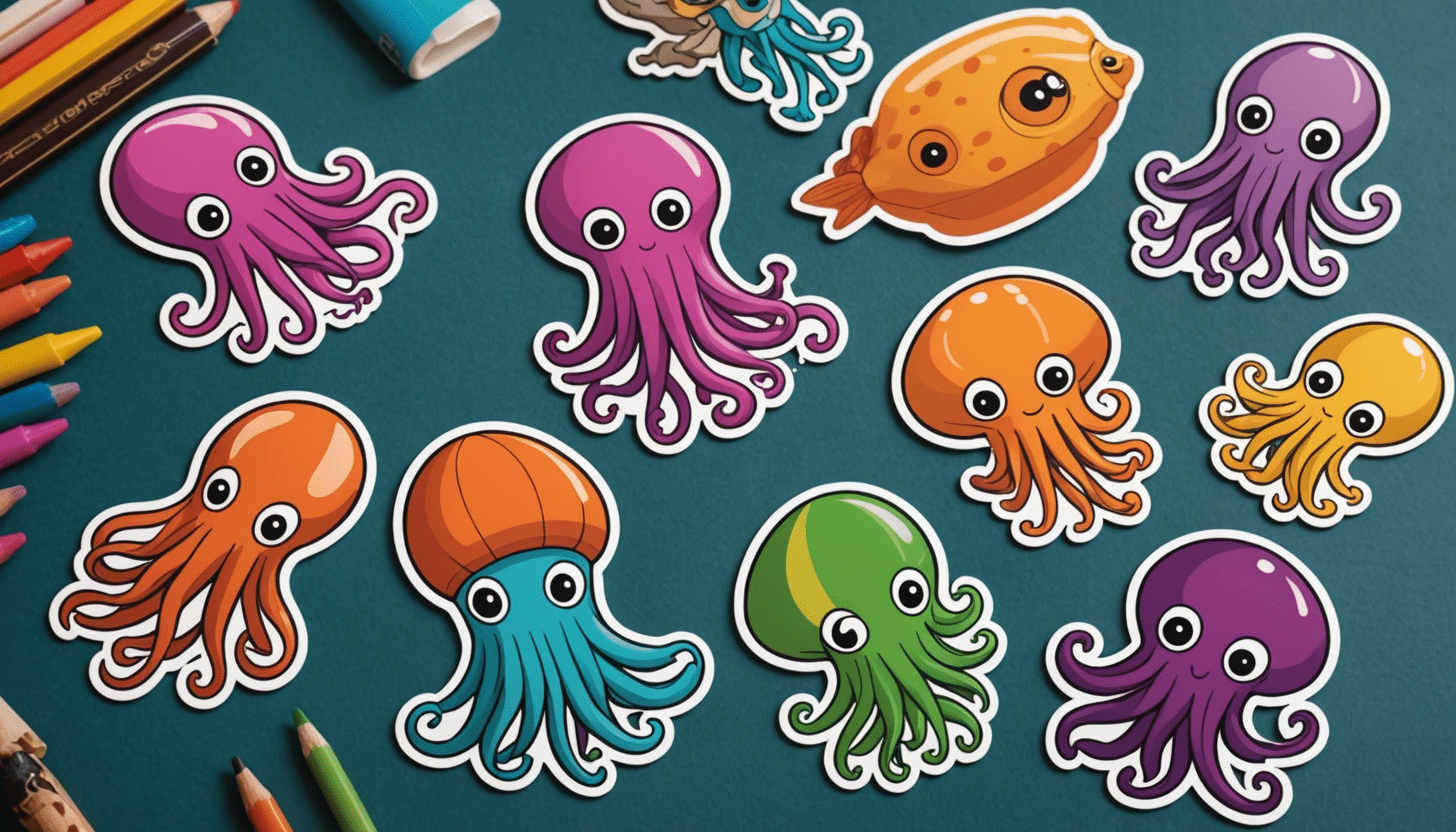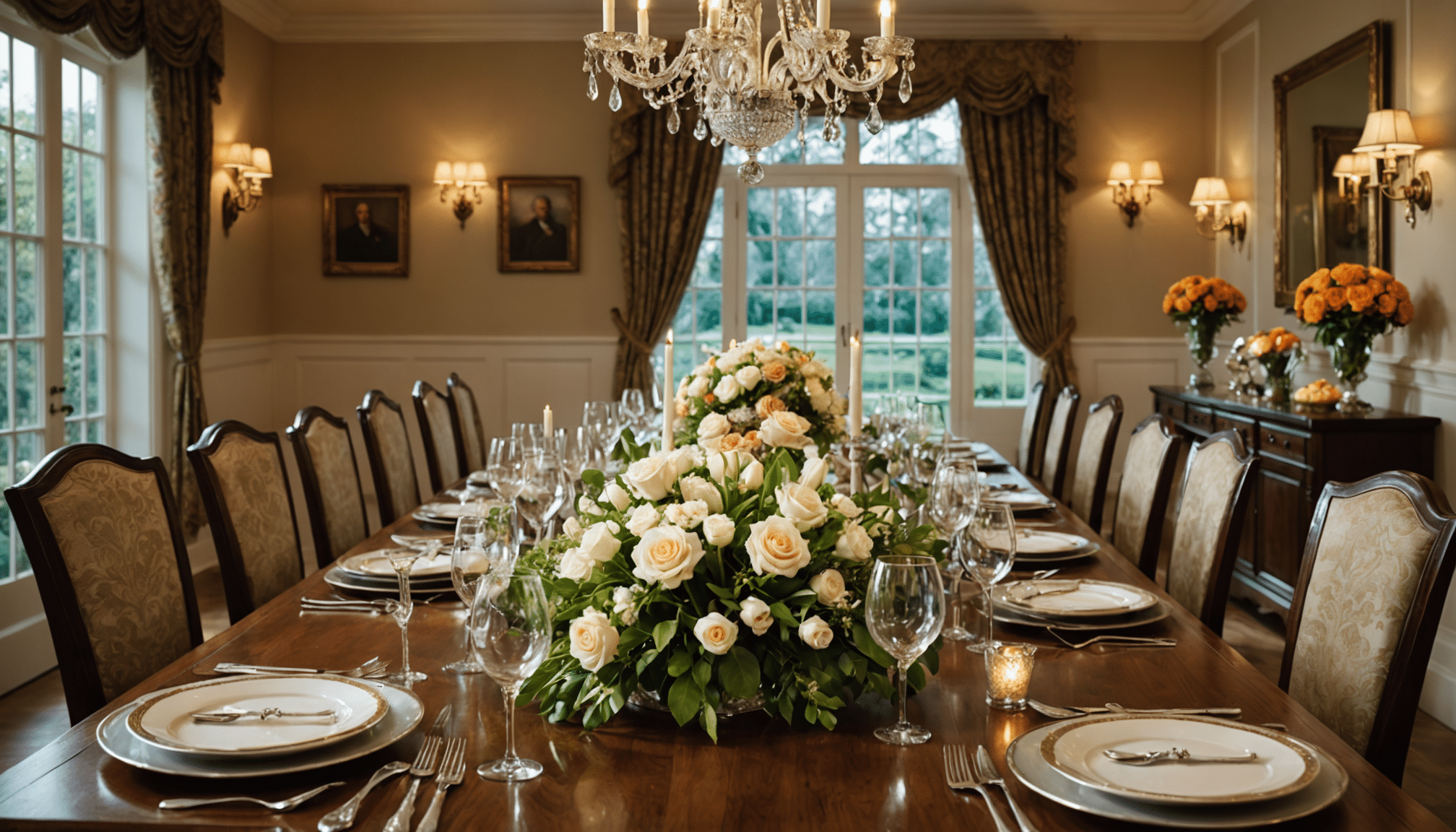« `html
Have you ever dreamed of your photos transformed into the magical worlds of Studio Ghibli? Imagine turning a simple family portrait into a scene straight out of « My Neighbor Totoro » or « Spirited Away. » The latest feature in ChatGPT is making this fantasy a reality.
This innovative tool, based on the GPT-4 model, has quickly gained popularity since its launch in March. Users can effortlessly generate Ghibli-style images from their personal pictures, sparking a viral trend across social media. However, this surge in usage has also raised critical questions among artists, legal experts, and fans. The debate centers around the fine line between creative homage and technological appropriation.
« `html
Table of contents
Togglethe Ghibli photo transformation phenomenon: what’s all the fuss about?
Have you ever wished your cherished photos could step right out of a Studio Ghibli film? Well, thanks to the latest innovations in AI, you might just see your snapshots in a whole new light. Since late March, ChatGPT has been turning personal photos into enchanting scenes reminiscent of Japan’s most beloved animation studio. This trend has not only captivated hobbyists but also stirred intense debates among artists, legal experts, and fans alike.
What makes this transformation possible is the power of the GPT-4o model, which can generate stunningly realistic visuals. Users quickly discovered that by inputting a few simple words, they could turn their faces into poetic Ghibli-style avatars. The ripple effect was almost instantaneous, with one image going viral and spawning countless imitations. But as delightful as these images are, they come with a host of burning questions and concerns.
how did Ghibli-style AI images capture the internet’s imagination?
The spark that ignited this Ghibli craze was a single, captivating image shared by Grant Slatton, an engineer from Seattle. His family photo, transformed into the whimsical style of My Neighbor Totoro and Spirited Away, garnered over 45 million views. Suddenly, everyone wanted their photos to enjoy this magical makeover.
The allure lies in the ability of AI to mimic the distinct aesthetic of Studio Ghibli. The lush backgrounds, the delicate character designs, and the overall dreamy atmosphere create a nostalgic and heartwarming effect. For many, seeing themselves as part of a Ghibli world adds a layer of charm and fantasy to everyday moments.
Furthermore, the simplicity of the process—just a few clicks and a prompt—makes it accessible to a wide audience. Whether you’re a casual user looking to add some magic to your social media or a devoted fan wanting to see yourself in a beloved animation style, the Ghibli photo transformation offers a delightful experience that resonates with many.
what’s driving the viral spread of Ghibli-style images across social platforms?
The viral spread of Ghibli-style AI images can be attributed to several key factors. Firstly, the visual appeal of these transformations is undeniable. The enchanting quality of Ghibli art is a universal language that transcends cultural and linguistic barriers, making it highly shareable.
Additionally, influential figures and institutions have jumped on the bandwagon, amplifying the trend. For instance, the White House shared a Ghibli-styled image depicting a woman being detained by an immigration officer, sparking widespread discussion. In France, prominent personalities like Emmanuel Macron, Manon Aubry, and Gabriel Attal have shared their own Ghibli-inspired visuals, further cementing the trend’s popularity.
Even well-known media personalities, such as the host Arthur, have expressed enthusiasm for these « completely crazy results » on platforms like LinkedIn. This blending of official endorsements and personal excitement creates a powerful momentum, driving more users to engage with and share their own transformed images.
what are the controversies surrounding AI-generated Ghibli images?
While the Ghibli photo transformation trend is undeniably popular, it hasn’t been without its controversies. Critics argue that these AI-generated images show a lack of respect for the legacy of Hayao Miyazaki and Studio Ghibli. Miyazaki himself has expressed strong reservations about artificial animation, describing it as a « disgust » and an « insult to life » in a 2016 documentary. These sentiments resonate strongly in the current context, raising concerns about the appropriateness of AI meddling with beloved art forms.
Moreover, purists and longtime fans feel that reducing the Ghibli style to a few recognizable traits diminishes its depth and intricacy. The rich storytelling, emotional nuance, and detailed artistry that define Studio Ghibli’s work are hard to replicate with AI, leading to a perception that these images are more of a hollow imitation than a true homage.
Adding to the tension is the silence from Studio Ghibli itself in response to this trend. The lack of an official stance leaves room for ambiguity, making it unclear whether the studio views this appropriation as an honor or an infringement. This uncertainty fuels the debate, highlighting the delicate balance between technological innovation and artistic integrity.
are there legal implications for using Ghibli’s style in AI-generated images?
The legal landscape surrounding AI-generated Ghibli-style images is murky and fraught with complexities. OpenAI, the company behind ChatGPT, states that it prevents the creation of content inspired by living artists. However, it allows requests targeting the style of a studio, such as Studio Ghibli. This distinction raises important questions about the limits of artistic inspiration and the protection of creative works.
Legally, a style is not typically protected, meaning that AI can mimic the general aesthetic without directly copying specific characters or scenes. However, the process by which ChatGPT learned this style without access to original images sparks concerns about copyright infringement. If the AI training data includes copyrighted materials without proper authorization, it could potentially violate intellectual property laws.
Artists are particularly vocal about these issues, arguing that the AI model dilutes the value of their work without providing any compensation. The notion of « democratizing art » is seen by many as a veil for platforms profiting from creators’ hard work without fair remuneration. Notable figures like actress Zelda Williams and cartoonist Boulet have publicly criticized this model, emphasizing the need for a more ethical approach to AI training and usage.
how does the Ghibli photo trend impact artists and the creative community?
The rise of Ghibli-style AI images has a multifaceted impact on artists and the broader creative community. On one hand, it democratizes access to a particular artistic style, allowing individuals without formal training to create visually appealing images. This can inspire creativity and enable fans to engage more deeply with the art they love.
On the other hand, many artists feel that this trend undermines the value of their craftsmanship. Creating art in the intricate style of Studio Ghibli requires years of dedication and skill, which AI can replicate superficially without understanding the underlying emotional and narrative depth. This superficial replication can lead to a devaluation of the original work, as well as discourage emerging artists who see their unique styles being appropriated without acknowledgment or reward.
Furthermore, the ease of generating Ghibli-inspired visuals means that market saturation can occur, flooding social media with similar-looking images. This not only makes it harder for individual artists to stand out but also creates a homogenized visual landscape that can stifle diversity and innovation in artistic expression.
what are the environmental and ethical concerns of AI image generation?
The environmental footprint of AI-generated images is another pressing concern. Generative AI models like ChatGPT require immense computational power, translating to high energy consumption and significant carbon emissions. Each Ghibli-style image generated isn’t just a visual marvel but also a contribution to the broader issues of energy use and environmental impact.
Ethically, there are questions about data privacy and ownership. When users upload personal photos to generate AI images, they are contributing to the training datasets that fuel these models. This creates a cycle where personal data is used to enhance AI capabilities, potentially without explicit consent or adequate compensation. The long-term implications of this data usage, including how it affects privacy and data ownership, remain largely unaddressed.
Moreover, the trend raises issues about the responsible use of technology. While AI can be a powerful tool for creativity and expression, it also has the potential to disrupt industries and alter the nature of creative work. Balancing innovation with ethical considerations is crucial to ensure that the benefits of AI are realized without causing undue harm to individuals and communities.
what does the future hold for AI-generated art and Studio Ghibli’s legacy?
The intersection of AI and art, exemplified by the Ghibli photo transformation, is just the beginning of a broader dialogue about the future of creativity. As AI technologies continue to advance, they offer unprecedented opportunities for artistic expression, allowing artists and enthusiasts to explore new frontiers in visual storytelling.
However, this evolution must be navigated thoughtfully to preserve the integrity and legacy of established studios like Studio Ghibli. Future developments might include more robust frameworks for ethical AI use, better protection of artists’ rights, and innovative collaborations that respect and enhance human creativity rather than replace it.
Ultimately, the future will likely see a blend of human and machine creativity, where AI serves as a tool that complements and amplifies the unique talents of artists. This partnership could lead to new artistic movements and styles, enriching the cultural landscape while honoring the foundational works that inspire them.
how can users responsibly engage with AI-generated Ghibli images?
As the popularity of Ghibli-style AI images continues to grow, users play a crucial role in shaping how this technology is used and perceived. Responsible engagement involves being mindful of the ethical and legal implications of generating and sharing AI-transformed images.
Firstly, users should consider the source of their photos and ensure they have the right to use and modify them. Respecting privacy and obtaining consent when sharing images that include other individuals is essential to maintain trust and integrity.
Additionally, users can support original artists by acknowledging the inspiration behind AI-generated images and sharing credit where it’s due. Promoting a culture of respect and appreciation for the creators who develop the styles being replicated helps sustain the artistic community.
Finally, staying informed about the developments in AI ethics and advocating for fair practices can contribute to a more equitable and sustainable future for both technology and art. By taking these steps, users can enjoy the magic of Ghibli-style transformations while fostering a respectful and responsible creative environment.
